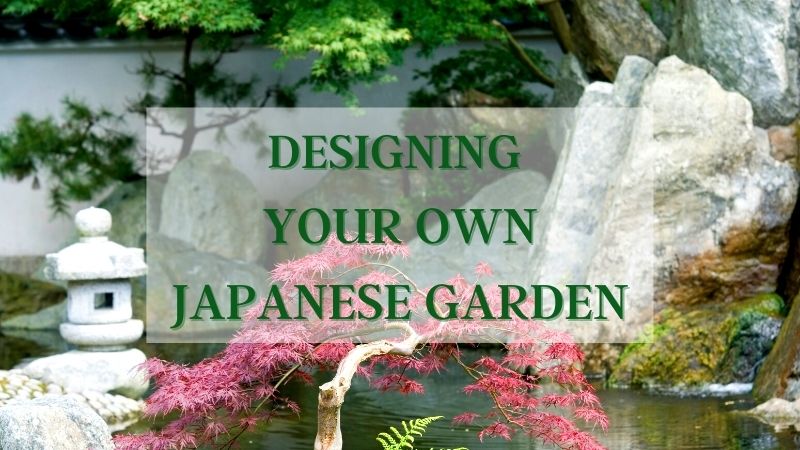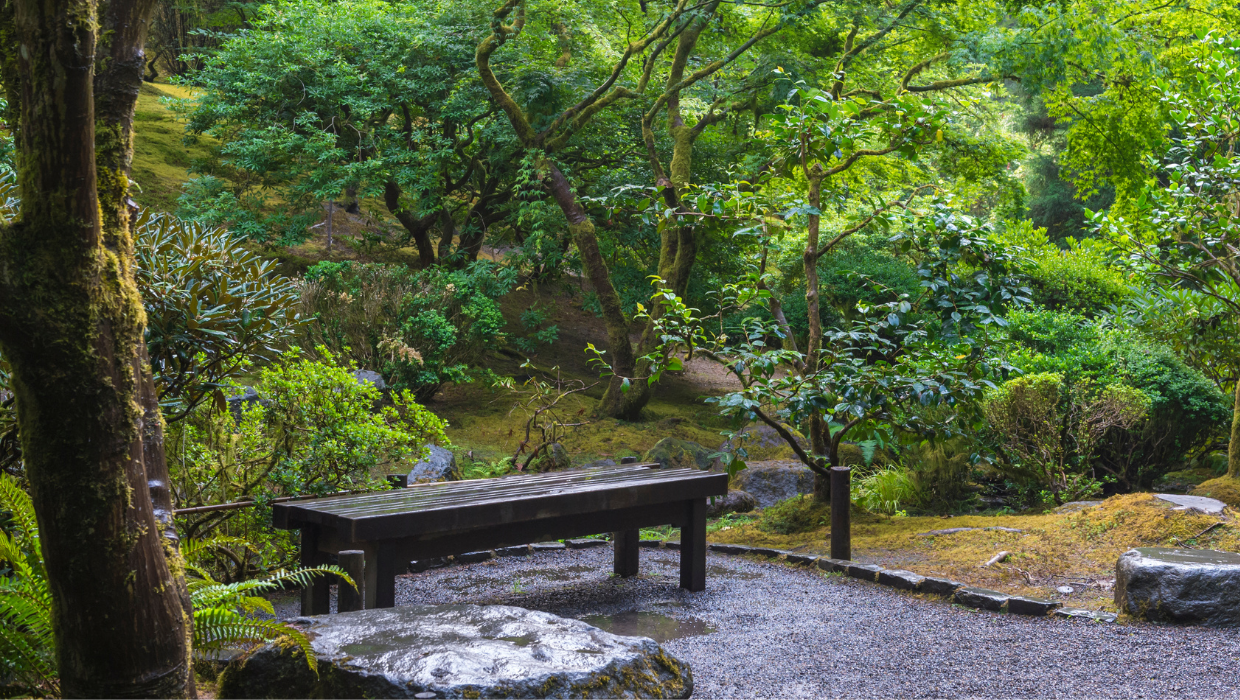
Creating Your Own Japanese Garden
Japanese gardens are often admired for their serene and tranquil qualities. Often referred to as the “Space of life,” the Japanese garden brings forth the structure of understanding life and nature. You may also see this design style used in spas to encourage relaxation.
The key to designing your own Japanese garden is to keep it simple and try to imitate nature as the foundation by using earth elements such as rocks, plants, sand, and water. Less is more in the creation of this garden, so space is never an issue.

What Are The Most Commonly Used Plants in a Japanese garden?
In Japanese culture plants provide a certain charm to a space. Not only do they make the gardens look beautiful, but they are respectfully given the weight of showing the growing pains of life and require the utmost care and attention. The Japanese Maple is commonly used as the centerpiece of the design, due to its delicate aesthetic and ability to reflect the changing seasons.
Additionally, plants such as Dwarf Shrubs, Procumbens Junipers, and Color Guard Yuccas are used to accentuate this centerpiece, bringing contrasting colors, heights, and textures to the landscape. Each additional plant has its own meaning and contribution to the overall garden design, so carefully doing research before placing the plants is essential.

How To Incorporate Stone into an Asian Garden
This element holds great significance in the Japanese culture and symbolizes an anchor against the forces of nature. There are a large variety of stones and boulders that can be used in a Japanese garden depending on the type of aesthetic you are going for. For example, when aiming to achieve the Zen garden aesthetic, you would focus more on small gravel-like pebbles.
Rocks are used as pathways, barriers, texture tools, or to show mountain ranges. The most widely used is the Kareteki rock, which is large, gray, and has a mountain shape. Alternatively, you may see rocks with some moss or lichen on them.

How Water is Used in a Japanese Garden
Traditional Japanese gardens use water as a way to add a sensual experience. It contributes to the emphasis of nature and symbolizes continuity of life. Whether the water is trickling softly down a waterfall, flowing elegantly through a fountain, or sitting calmly in a mound, it always seems to bring a calm and fresh breeze through the air.
When listening to the rushing water, your senses automatically activate and you are left with a feeling of complete relaxation. Adding water to your garden is a lovely accent and gives you the chance to house frogs or even koi fish!

The Importance of a Reflective Meditation Element
Essentially, Japanese gardens are used as a place of relaxation. Given the proper design, you should find your space to be relatively calming and tranquil. In most western countries, it is used as a place to pray, meditate, or just wind down from an eventful day. Although it is not an essential part of the design process, having seating areas in your garden has become a trend. More than ever, you will see benches or pavilions adorned with vines and placed significantly near a waterfall.
All in all, the importance of the Japanese garden is to bring serenity to those of us who often find ourselves getting too caught up in life. They remind us to step back, take a breath, and appreciate the natural beauty of things.
